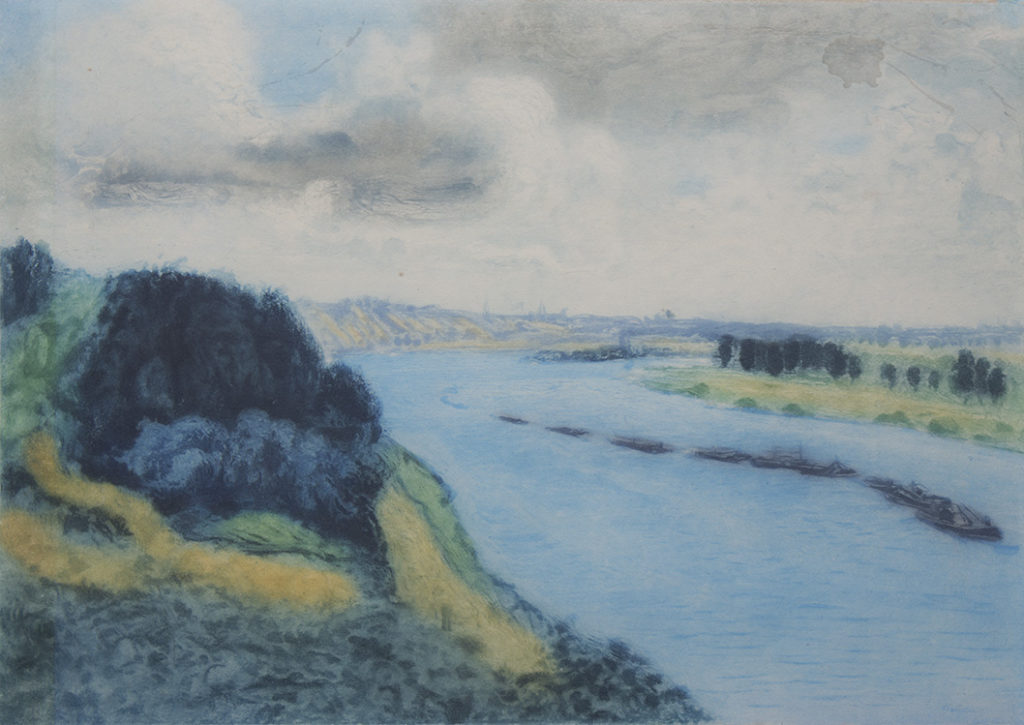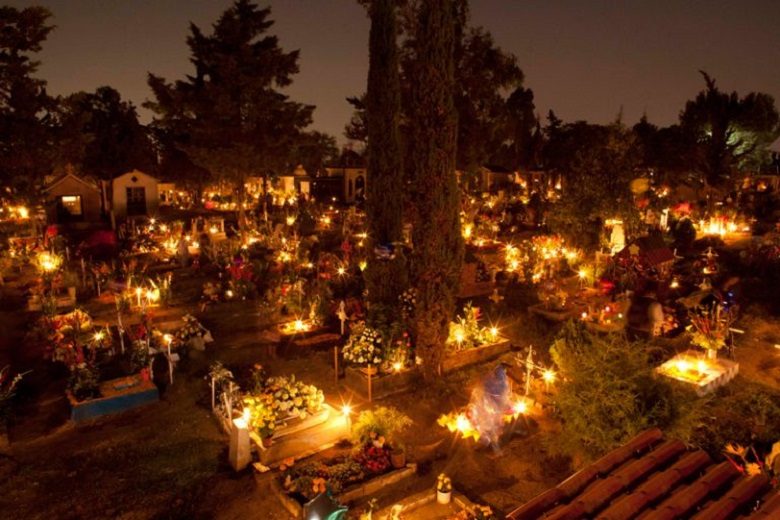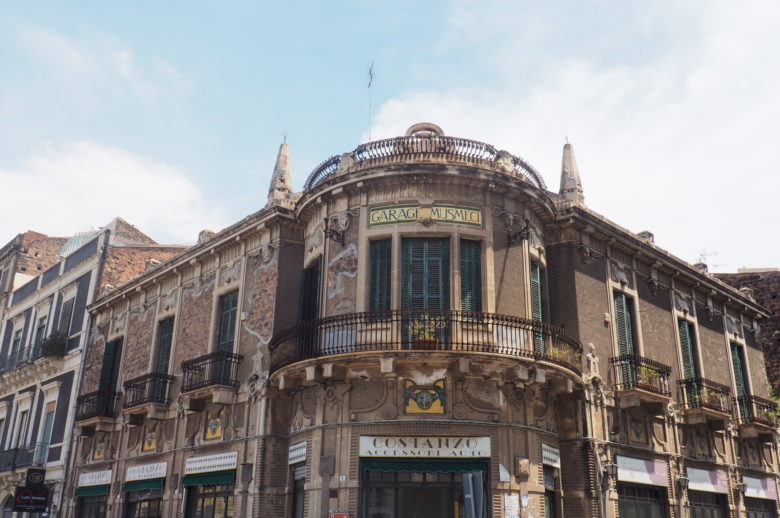From Monet to Renoir: 200 works in Catania to understand the path of Impressionism
Impressionism, the art movement that changed art history, arrived in Catania. An exhibition of oils on canvas, drawings, sculptures, photographs and pottery at Palazzo della Cultura, where you can discover artists’ “secret paths” and the origin of some of their masterpieces.
Impressionists used to work en plein air, always trying to set that sense of light and air on canvas. Catania lives on light, so that it seemed particularly suited to host this exhibition». The organizers explained in this way their choice about Impressionists in Catania, the exhibition that you can see since 20 October to 21 April 2019 at Palazzo Platamone (also known as Palazzo della Cultura). The set-up comes as a full immersion into “paths and secrets” of Impressionism, the art movement created between the XIX and XX century that changed art history forever. There, you can find 200 works of its leading exponents: from Pissarro to Degas, from Monet to Renoir and Manet, the exhibition is rich and doesn’t show only well-known masterpieces (although there aren’t a lot of oils on canvas), but mainly represents artists’ creative path through drawings and engravings, which are essential to understand their development and painting skills.

PIERRE-AUGUSTE RENOIR, Bateaux sur la Seine, Etching, cm. 46,5X33, 1897, Private collection
THE SET UP. «What really moves us whenever we admire an impressionist work ‒ said the curator Vincenzo Sanfo ‒ is without doubts the powerful sense of nostalgia beyond the seduction of paintings, bringing us to the unconscious consideration of a long-lost world whose leading exponents were the Impressionists». This perception is highlighted by a set up leading visitors the rooms of Palazzo della Cultura and driving him among some incisive choices of colors and set up. Along the way you can admire exhibition panels telling about artists’ works and lives, but if you want to learn more you can just use technology: there is a QR code on the first panel which redirect you to the exhibition website, where you can find artists’ biographies or even listen to them.
THE PATH. In the first rooms there is a predominant dark pink atmosphere, emphasizing Delacroix, Ingres, Gericault and Courbet’s works, but also ideally highlighting their belonging to pre-impressionism. Then comes a photography section, with Nadar’s picture of the storyteller Aristide Bruant. As you move forward, colors change: a lighter pink surrounds Renoir and Cezanne’s works, to whom small rooms are dedicated: the protagonists are female bathers (both artists’ favourite characters) portrayed on many etchings and litho. Moving forward, the works of two women amazes visitors: they are Mary Cassatt and Berthe Morisot, famous in those years not only because of their beauty, but also because of their talent. A little bit further, an oil on canvas portraying his famous Water Lilies, together with many pastels and drawings, celebrates Monet. In addition to xylograph, you can admire a wooden vase recalling distant idols and realized by the master of exoticism: Gauguin.
The impressionists’ path ends with Degas and Manet, both outside the art movement and its gravitational centers. By Degas, painter of dancers, you can admire a small painting of daily life, where a girl is trying to sell a bunch of flowers. Manet’s interesting works, on the contrary, are some small oil on canvas and an etching showing the origin of Bar au Follies Bergère (one of his most famous works), in addition to the “reportage” of Le barricade, that tells about a stormy moment of French history. Finally, there are two rooms (with green walls and a burst of colors) entirely dedicated to post-Impressionists like Giraud, Northcote, Von Perfall and Laurent. The path ideally ends with a panel disclosing the future and talking Picasso. That is because, as the curator Sanfo said, the painter is the one «who took the baton of Impressionists’ graphic experimentations, especially their longing for creative freedom». Nothing will ever have been the same from that moment on.

EDOUARD MANET, Bar aux Folies Bergère (première esquisse), Oil on canvas, cm. 36×26, 1882, Private collection
Translated into English by Daniela Marsala




rardVom
5 years agoi am from Italy hello. Can you help me translate? /rardor
Comments are closed.